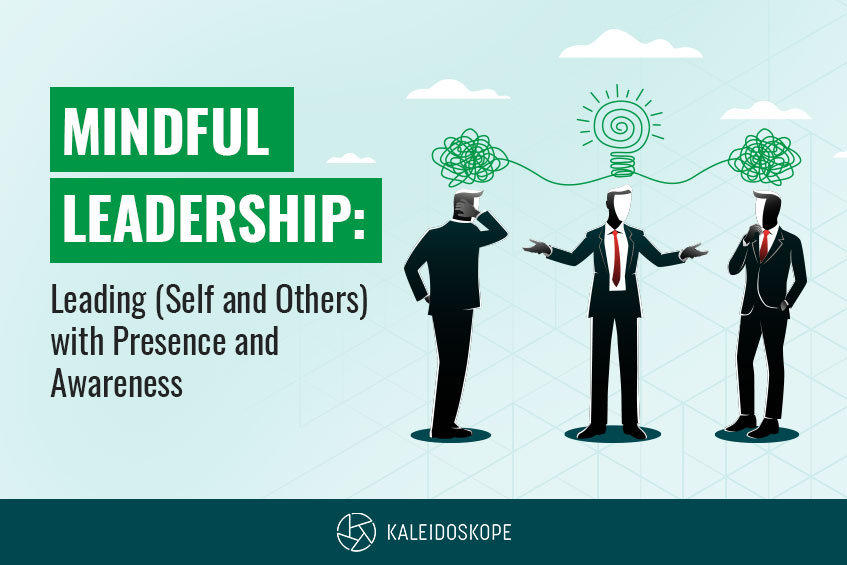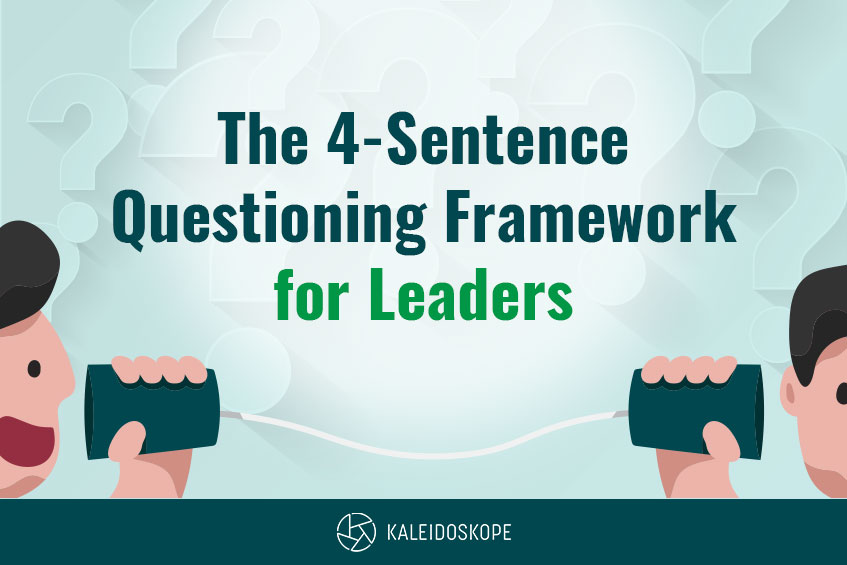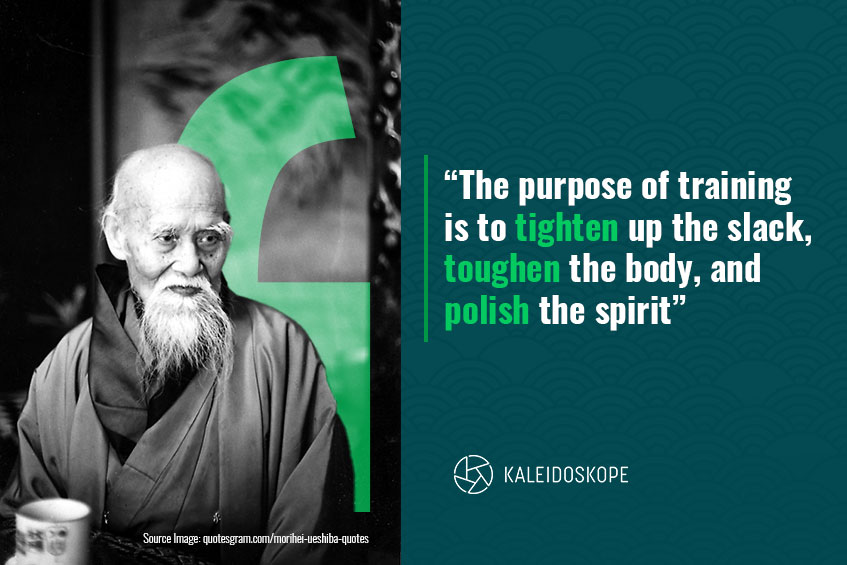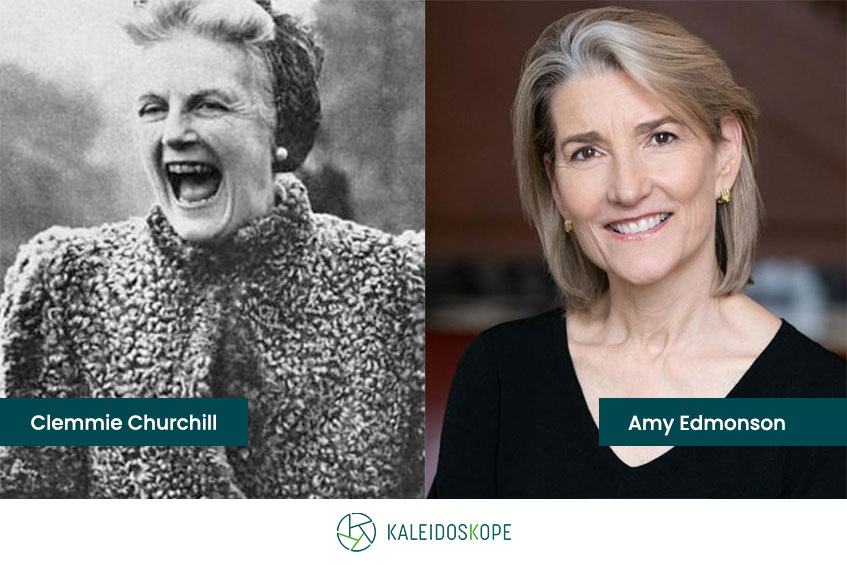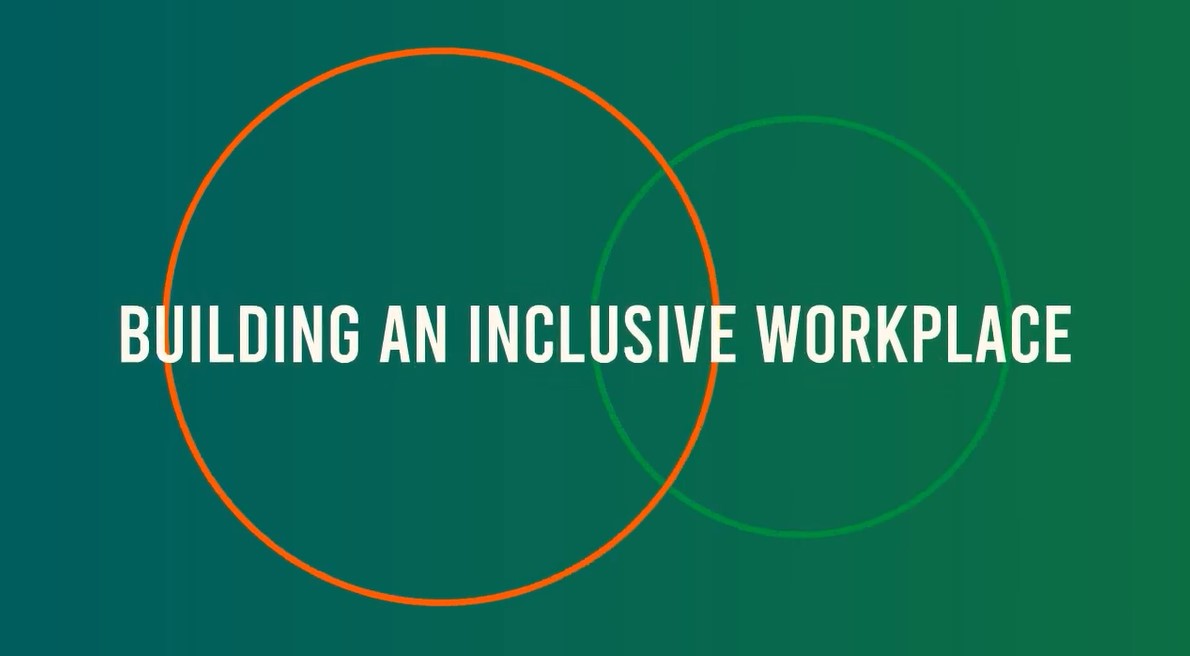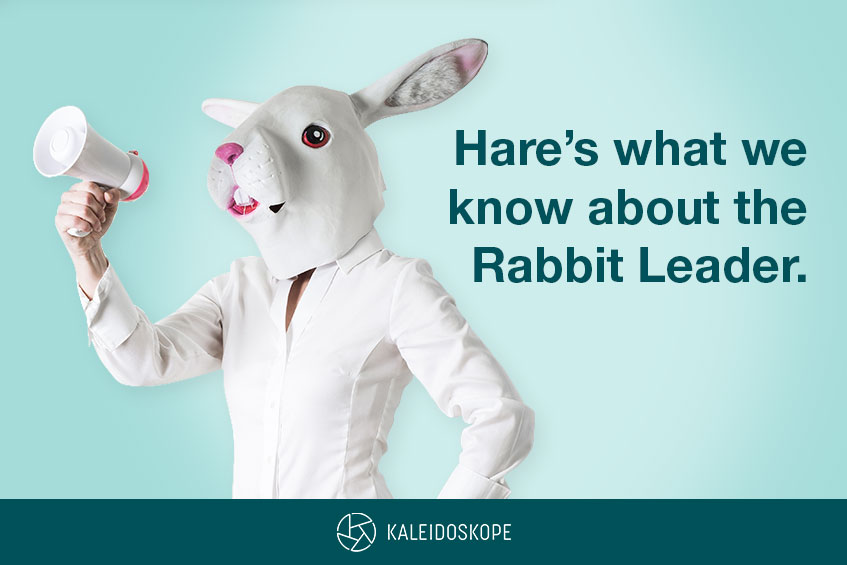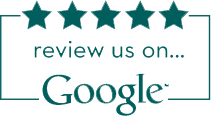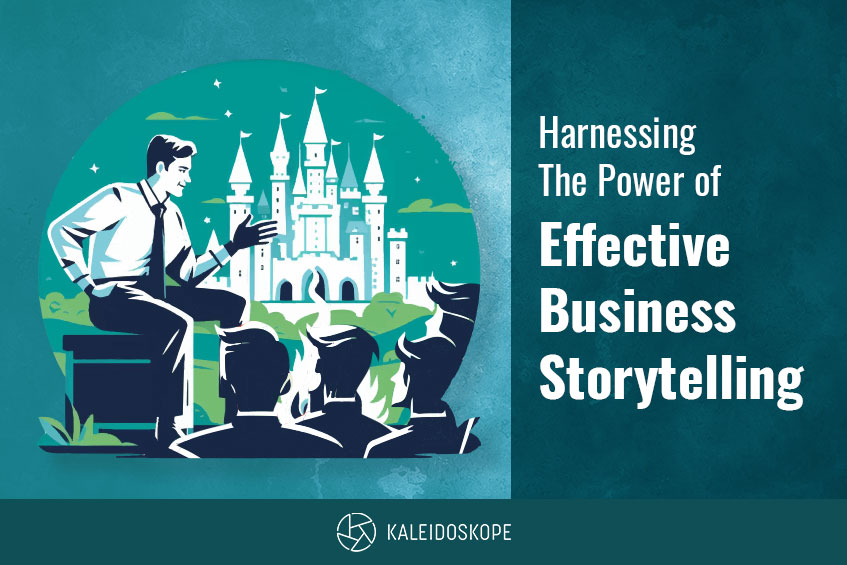
Harnessing The Power of Effective Business Storytelling
“Tenderness is the art of personifying, of sharing feelings, and thus endlessly discovering similarities. Creating stories means constantly bringing things to life, giving an existence to all the tiny pieces of the world that are represented by human experiences, the situations people have endured and their memories. Tenderness personalizes everything to which it relates, making it possible to give it a voice, to give it the space and the time to come into existence, and to be expressed.”
Olga Tokarvzuk, Nobel Prize in Literature, 2018
Polish writer, activist, and public intellectual
Storytelling in a corporate context is a strategic instrument in a leader’s toolkit. It can shape company culture, drive organisational change, and articulate a shared future.
Tale As Old As Time – The Human Connection
Storytelling is an inherently human activity. From ancient campfires to modern boardrooms, it serves as a bridge between the teller and the listener. Corporate leaders utilise storytelling to forge connections with employees, stakeholders, and customers. Stories infuse humanity and warmth in an environment often perceived as driven by cold data and rationality, fostering a sense of belonging and community. When leaders share personal anecdotes or company lore, they do more than communicate; they resonate emotionally, engendering trust and loyalty.
Microsoft CEO Satya Nadella is a modern exponent of the genre. He often uses stories to explain the stages in his business career and illustrate his leadership principles and vision for his company’s future.
True As It Can Be – Simplifying Complexity
The corporate world is riddled with complexity, from intricate market dynamics to sophisticated technological advancements. Leaders face the challenge of demystifying this complexity to a diverse audience. Storytelling becomes a vessel to distil intricate information into understandable and relatable narratives. By contextualising data within stories, leaders make the abstract tangible, facilitating clearer understanding and swifter decision-making across all organisational levels.
Beyond the mundane data, a compelling vision is the north star for any successful organisation, and storytelling is a potent means for its articulation. Leaders craft narratives that paint a picture of the future, imbued with possibility and purpose. These stories do not merely inform; they inspire action and commitment. As employees see themselves as characters in the corporate narrative, they are motivated to contribute to the unfolding story, aligning their efforts with the company’s overarching objectives.
Shaping Organisational Culture. Navigating Change. Standing Out In The Marketplace
The importance of storytelling for corporate leaders cannot be overstated.
It is a multifunctional tool, serving as a conduit for connection, an explainer of the complex, a beacon for the future, a moulder of culture, a guide through change, and a distinctive voice in the market. Leaders who harness the power of storytelling can transform their organisations’ performance and shape a corporate saga that attracts and retains talent, captivates customers, and leaves a lasting imprint on the industry.
Storytelling is not just about leading; it’s about legacy.
Storytelling is a powerful tool in leadership. It builds a bridge between the leader and their audience, whether employees, customers, or stakeholders. It enables leaders to communicate complex ideas, values, and visions in a relatable and memorable way. Through storytelling, leaders can inspire, motivate, and engage their teams, fostering a sense of unity and shared purpose.
Training Your Teams In Effective Business Storytelling
Kaleidoskope recognizes the significance of storytelling in leadership and corporate training. We offer training programmes that teach you to lead your organisation by integrating storytelling into your interactions with teams and stakeholders.
Our approach to leveraging storytelling in leadership and corporate training provides a dynamic and impactful way to develop essential leadership skills, foster better communication, and build stronger, more cohesive teams.
Kaleidoskope is recognised for its high-engagement and high-impact leadership training. Our approach ensures that organisations and businesses in Singapore are well-equipped to elevate their team’s efficiency and foster organisational growth.
Should you or your organisation wish to undertake a transformative learning expedition tailored to your distinct objectives and challenges, Kaleidoskope warmly welcomes you to delve into our wide range of personalised workshops and coaching sessions.
Related Blogs
The 12 Days of Leadership: SMALL ACTIONS, BIG IMPACT
The 12 Days of Leadership: SMALL ACTIONS, BIG IMPACT 🎄 It’s that time of year again—Mariah Carey is starting to thaw, holiday lights are going up, and we’re all getting into the festive spirit! ✨ ❄️ For Kaleidoskope Singapore, ’tis the season for giving,...
What Octopuses Punching Fish Can Teach Us About Leadership
What Octopuses Punching Fish CanTeach Us About Leadership Sometimes, fact is stranger than fiction! And nature never fails to surprise us with the most bizarre. Recently, scientists uncovered a quirky behaviour in the animal kingdom: octopuses punching fish!...
From Beta to Better: Leading the Future of Work with AI
From Beta to Better: Leading the Future of Work with AI By Trainer Gurpreet Bajaj Singh While it may not be apparent to us in our busy work schedules, we witness a discreet metamorphosis of work. AI isn’t just changing how we work; it’s reshaping...
Start Your High-Performance Learning Journey
WITH KALEIDOSKOPE NOW!




